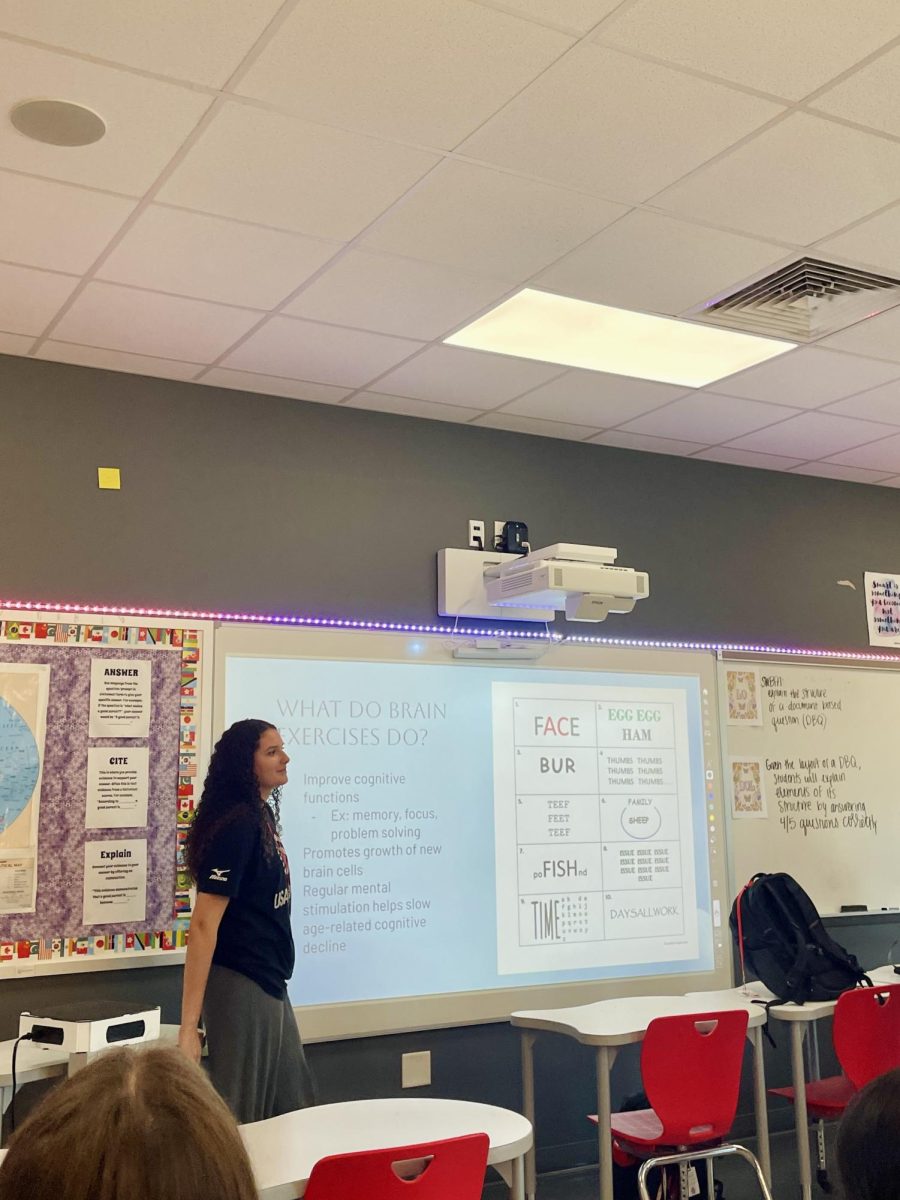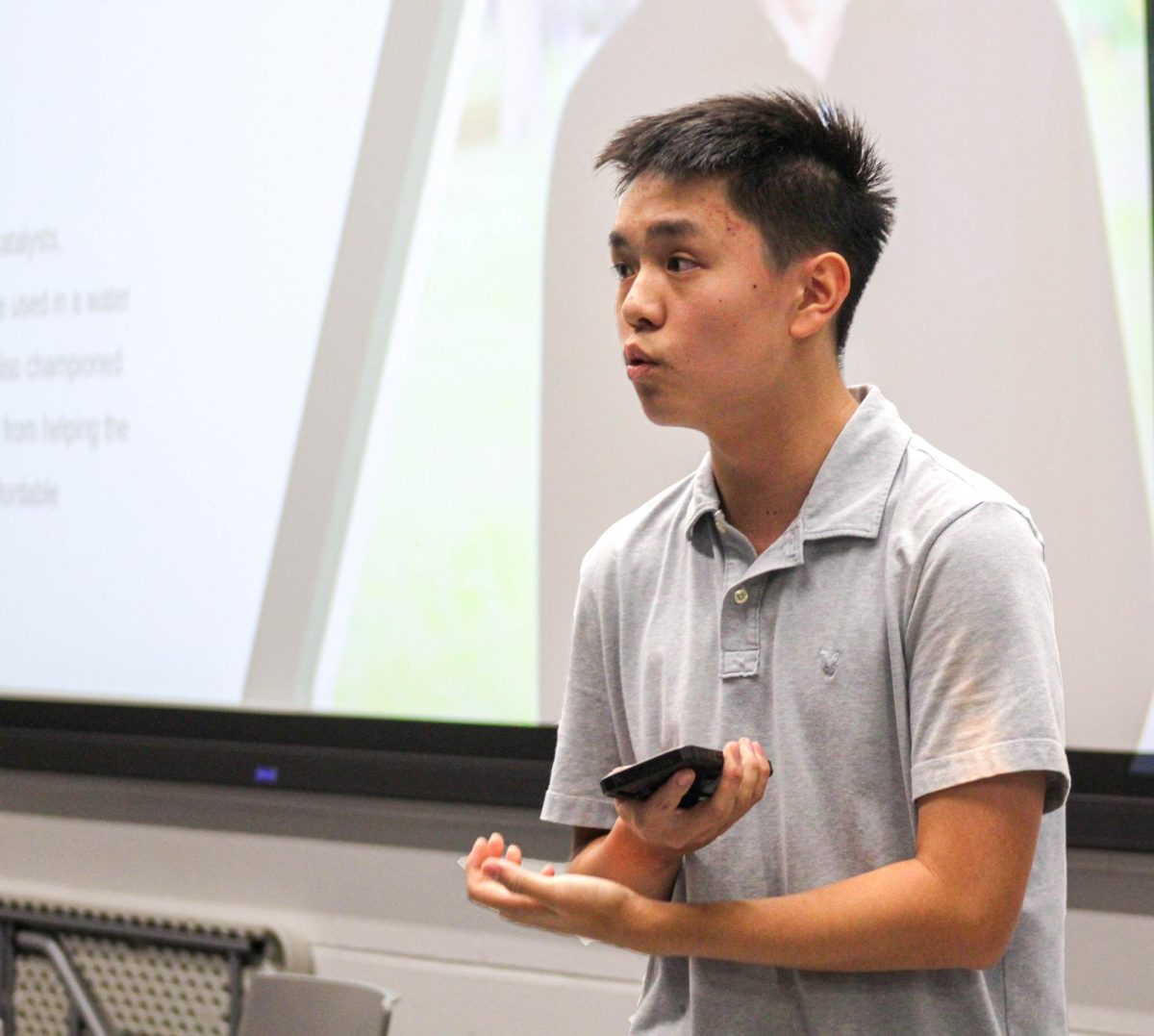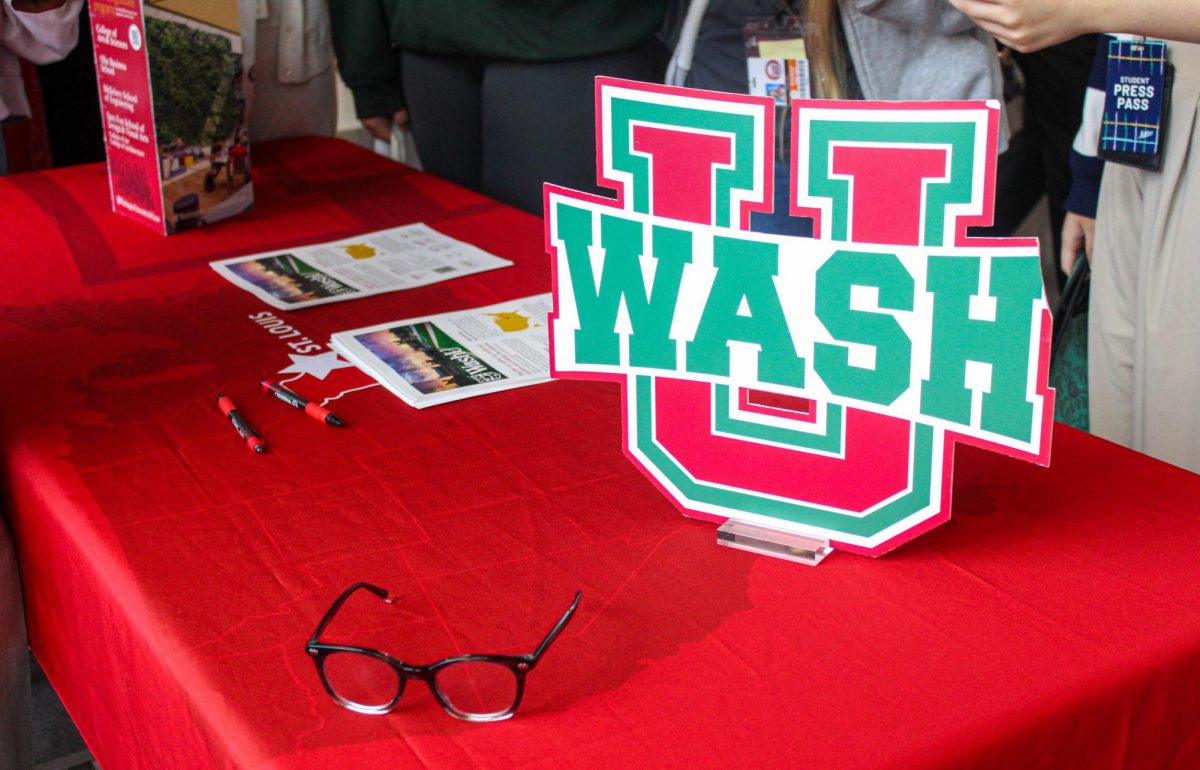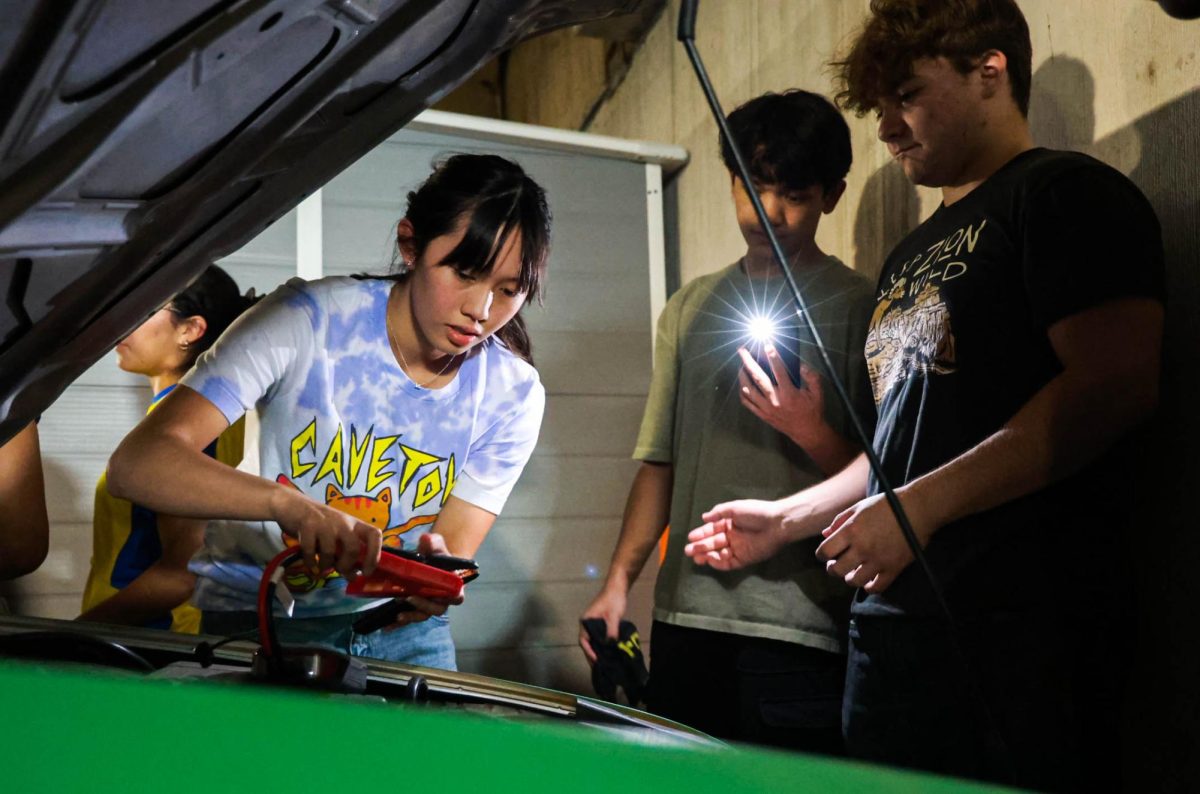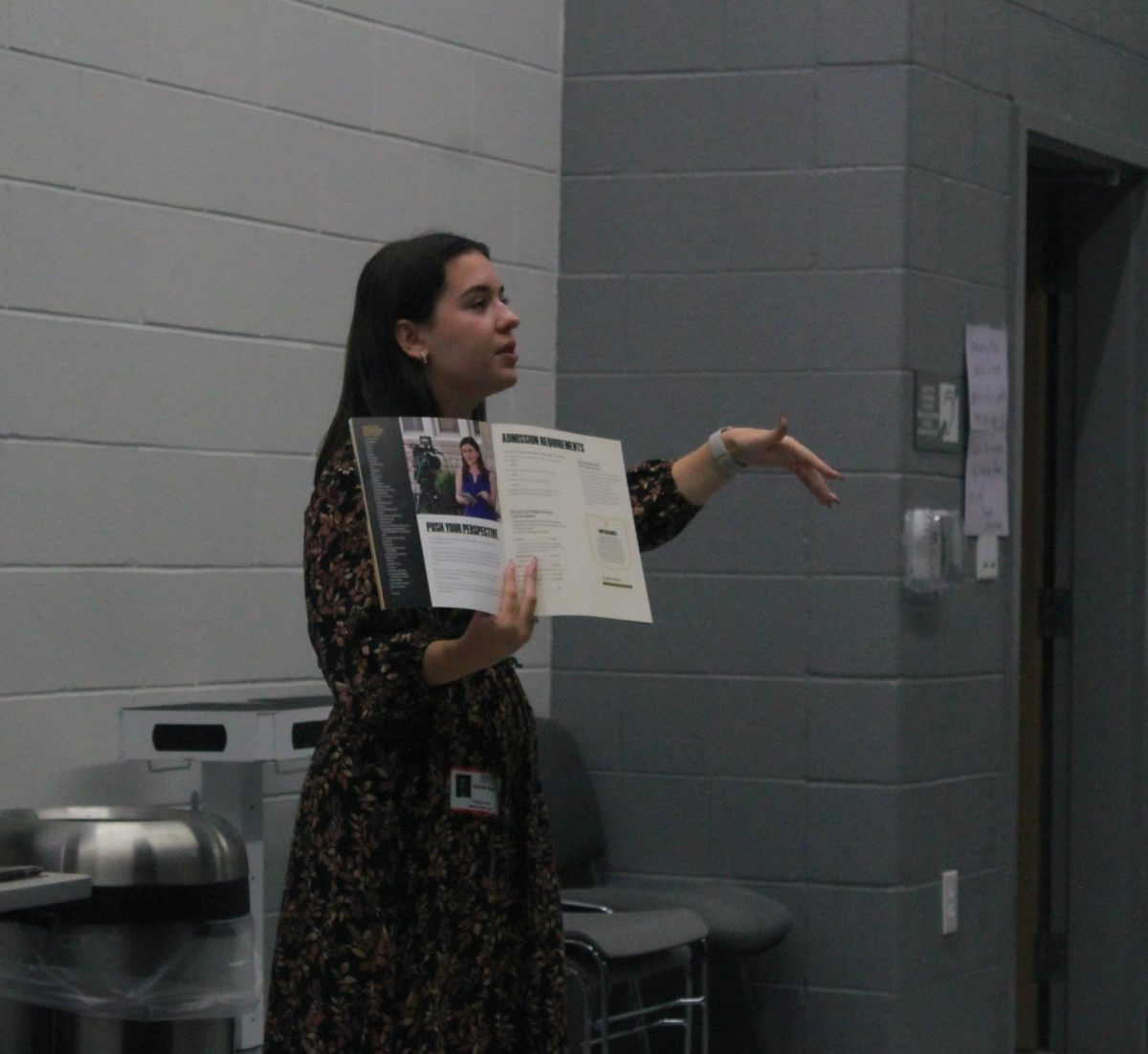Houston ISD’s new weapons detector policy will be implemented at Bellaire on Tuesday. It will be the third HISD school after Lamar High School and Northside High School to implement these detectors as part of a district-wide rollout of weapons detectors at high schools.
Superintendent Mike Miles announced HISD’s decision to join other large Texas districts in implementing weapons detection in an email sent to students and parents on Jan. 8. Miles said in an FAQ attached to the email that the weapons detection systems “are an important additional tool to keep weapons and other contraband out of school to ensure students learn safely.” HISD plans to have weapons detection systems in all secondary schools by May of this year.
Miles also said that after examining internal safety data and national research and trends, the district determined that “weapons detection is the most impactful in high school campuses.” Miles anticipates that Raptor technologies, police officers at middle schools and trained guards will provide a safe environment for younger students.
Seven weapons detectors will be placed in four entrances at Bellaire: the main entrance, courtyard, transportation center, special education entrance and welcome center. The school will open its doors 15 minutes earlier at 7:45 a.m. to ensure students are still able to get to class on time.
HISD Chief of Police Shamara Garner and Principal Michael Niggli discussed the policy in further detail at a community meeting in the auditorium on Jan. 29.
The meeting included a demonstration of the OceanGate system, the system used for the weapons detection. The system is composed of two portable, battery-operated detectors that will be calibrated to detect large metal objects, which includes any large conglomeration of metal objects. The detectors should not be triggered by small items like phones or keys.
“We will encourage students to think about what they’re bringing to school,” Niggli told parents at the meeting. “If they think that that’s something that’s going to set [the detectors] off, let’s think about leaving that at home.”
Upon entering the school, students will remove their Chromebook, laptop and/or larger tablet from their bag and give it to an administrator who will hand it back to them after they pass through the weapons detectors. If a student is flagged by the detectors, an administrator will ask the student to remove his or her belongings and pass through the weapons detector again to ensure there was nothing on their person that triggered the detector. The student’s belongings will then be subjected to a secondary search by an administrator who is certified to conduct the search. An officer will be present during the search.
If a prohibited item is found, the student will be held accountable by the Code of Conduct.
“Law enforcement will not get involved in any type of search unless the weapon is detected or believed to be in existence, so any secondary research that needs to occur will be done by an administrator,” Garner said at the meeting. “These weapon detection systems, in and of themselves, do not replace any of our safety measures that are already in place, and we would still encourage students and staff to remain vigilant, particularly as it pertains to see something, say something.”
The detectors will be used for the automatic screening of backpacks and bags for threat detection and other prohibited items not allowed on school property. The system can be set off by large Stanley cups, curling irons or a large concentration of metal items put together. It does not require the removal of bags or purses as students walk through.
According to Safety Captain and Assistant Principal Al Lloyd, metal detectors have been discussed across the nation for school safety for decades. Lloyd said that the OceanGate detection system doesn’t look at or target students. It only detects metal that may be on a person’s body.
“While we’re at a school, we want to make sure that we provide great education, but we also want to reduce the risk of anything happening to children while they’re there at our schools,” Lloyd said. “I believe it’s going to be a fairly comfortable situation for people to come through.”
Garner added that HISD’s goal is to have the least amount of disruption to the learning environment and to instructional time as possible.
“We will make sure that staff and students still see something, say something, and we will still be implementing the safety and security protocols we already have in place,” Garner said. “These weapon detection systems are not replacing officers. They’re not replacing anything. It’s just another layer of protection.”
Starting tomorrow, the school will have a “mock test” prior to implementing the weapons detectors where students will practice giving their Chromebooks to an administrator before entering the school.
Parent and former PTO president Judy Cheng attended the community meeting on Jan. 29 and said she felt that it was the law enforcement’s job to be monitoring the kids coming through the weapons detectors.
“We’re a large school. We have a zero period, and I just want to make sure that the administrators don’t get burned out,” Cheng said. “Any layer [of security] we can add is beneficial to our school. I don’t want people to simply think that because we will have a system now that the school will have no problems.”
Cheng said she wishes the district had held a community meeting before they implemented the policy.
“I believe through community involvement, maybe they could have funded a better solution,” Cheng said. “I’m hoping that this process will be smooth. It will take time for the school to go through this transition. Hopefully there won’t be a whole lot of incidents that slow down the process [of going through the metal detectors]. I think it’s really about education, teaching the kids about consequences. A lot of the time people don’t think that consequences are part to them, and that’s why the process could be a challenge.”
Sophomore Ryan Wexler said he feels this is a good policy because it will keep students and faculty protected during the school day.
“I think starting with this is a step in the right direction,” Wexler said. “After seeing how this might work out, we can see what might need to change or be added to figure out what really works best for the Bellaire community.”
Niggli will email further details about the weapons detectors and their implementation on campus to the Bellaire community in the coming days.



